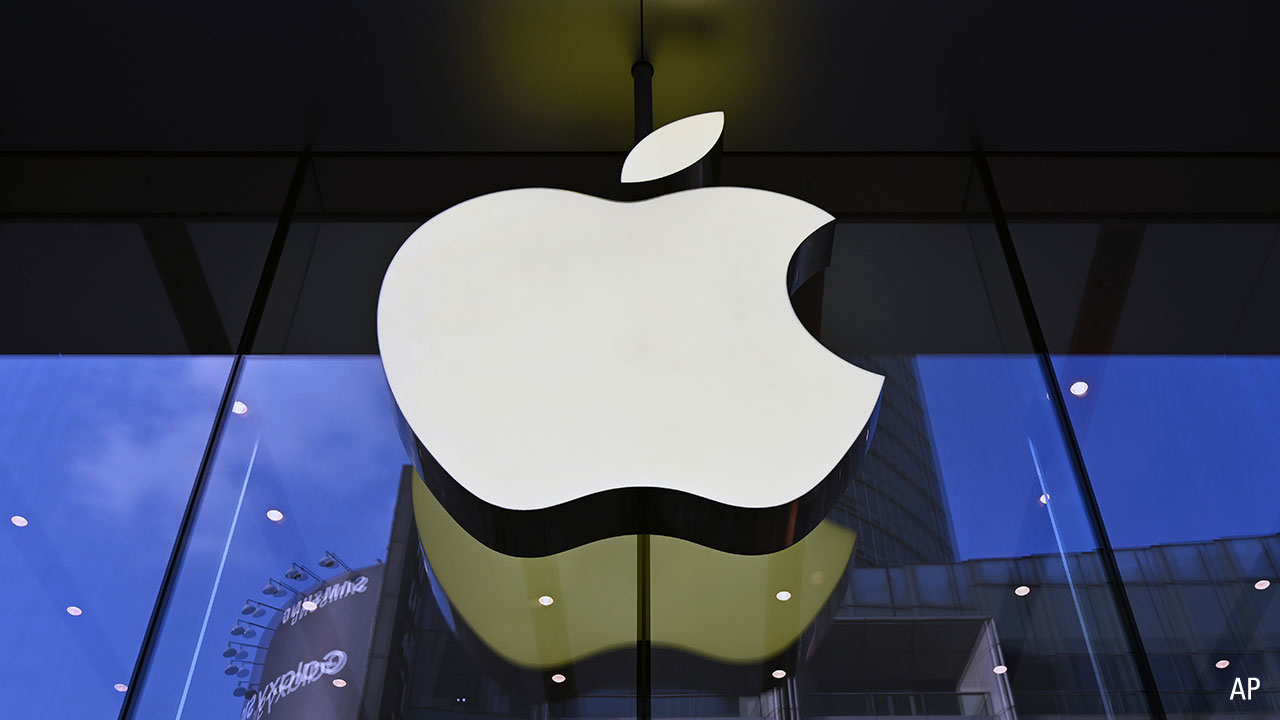
While innovative companies don’t come cheap, bottom-up stock picker Mark Schmehl is always on the look-out for firms that have industry-leading characteristics and will pick them up regardless of their valuations. That approach has helped to generate strong returns, although Schmehl maintains that going forward they will be very difficult to repeat.
Year-to-date (Dec. 7) the $6.7 billion Fidelity Global Innovators Class B is up 86.14%, compared to 10.56% for the Global Equity category. Launched in November 2017, the fund had a 35.55% annualized return over three years. In contrast, the category averaged 7.76%.
“If you beat the benchmark by 6%, that’s considered a home run,” says Schmehl, a 26-year industry veteran and portfolio manager at Toronto-based Fidelity Investments Canada ULC, who joined the firm in 1999. “These returns have been [due to] an outsized move of growth stocks. It’s mostly because they have really benefitted from the pandemic. And it’s absolutely not repeatable.”
Always Adapting
Schmehl says he is not concerned that some of the fund’s holdings may have overshot on the upside. The reason is simple: today’s portfolio bears no resemblance to the one he managed in March because the turnover ratio is 108.8% (for the six months ended Sept.30). “I won’t beat the benchmark by 48%, for example,” says Schmehl, noting that the benchmark is the NASDAQ Index. “I might not even beat the benchmark at all. But I won’t be doing it with the same stocks I owned in March.”
Rather than fret about valuations, or the possibility that some technology stocks may be part of a growing bubble, like the 2001 mania that burst, Schmehl focuses instead on company fundamentals. In particular, he is searching for positive change in companies and those that are in a position to benefit from emerging technology or innovative business models.
“I lived through the 2000 bubble. Those stocks had no revenues or earnings or cash flows and traded at crazy values. Folks are always trying to identify the next bubble, but it’s a waste of time,” says Schmehl. “I say: ‘Invest in what you like and don’t worry about the bubble.’ The more people worry, the more opportunities there are because it keeps them away from good stories.”
COVID Was a Trend Accelerator
The relative outperformance of Fidelity Global Innovators Class B, Schmehl admits, is almost entirely driven by the COVID-19 pandemic. “I owned a tremendous number of virus ‘winners’ going into the pandemic. For instance, the fund had 4% in Zoom Video Communications Inc. (ZM) because I thought it had a really cool technology and offered a product that nobody could touch. I thought, ‘Over time this will take market share.’ So the pandemic happened and Zoom went bananas. But that was not part of my thesis.” In a similar vein, Schmehl owned Etsy Inc. (ETSY), a high-flying e-commerce web site that offers crafts supplies and benefits from demand for products such as facial masks.
Going forward, he estimates, some so-called COVID winners will fade away, but some will continue to succeed. “All that COVID did was to accelerate the trends that we have already seen. Think about a company like Shopify Inc. (SHOP) It is a great long-term company that has tremendous fundamentals for the next 20 years. It will keep growing. Did it have a huge parabolic move thanks to COVID? Yes. But will it still be a winner in a year or two? The answer is yes.”
Post-Pandemic Is Already Priced In
But Schmehl cautions that others may not have lasting power. For example, exercise bicycle manufacturers such as Peloton Interactive Inc. (PTON) may be vulnerable when gyms re-open and young users flock to them for social purposes. “You have to carefully sift through the winners and losers of the pandemic to come up with the ones you still want to own, versus those you don’t want to own anymore,” says Schmehl, adding that the market has already priced in an end to the pandemic in about nine months time, and some investors have turned their attention to so-called COVID losers such as airlines. Indeed, he observes that many investors are trading in and out of stocks and not carefully scrutinizing the merits of a firm’s fundamentals.
Last February, the fund was heavily into information technology stocks and they accounted for over 50% of the portfolio, while materials only represented 2.6% of the fund. As of Sept. 30, the most recent data, information technology has shrunk to 39.6% of the portfolio, while the materials sector has risen to 9.4%. “My weightings don’t look like the benchmark,” says Schmehl, noting that the NASDAQ Index has 60% in information technology, which is concentrated in a handful of names such as Apple Inc. (AAPL). “Neither do I care about valuations. All I care is, ‘Will earnings be better two years from now?’ That’s the question I ask when I look at each of these stocks.”
The Green Recovery and TVs 2.0
Running a portfolio with about 80 names, Schmehl likes stocks such as Brookfield Renewable Corp. (BEPC), which develops and owns hydro-electric, solar and wind generation power systems. “It was very clear even a year ago that the world was moving in this direction. Then we had a virus debacle. But a lot of these renewable power companies just kept working,” says Schmehl. “Now we have governments around the world enacting green legislation and a green president-elect in the U.S. I think there is enough social impetus that the world is realizing we need to get rid of fossil fuels and reduce carbon intensity. This is a stock that benefits from that. And I will continue to own it for the foreseeable future because so much of the world’s attention will be moving to carbon neutrality.”
Another favourite is Roku Inc. (ROKU), which provides software for so-called “smart TVs.” “They went after a part of the marketplace that didn’t have a solution. Roku came up with a slick streaming opportunity and really good software and teamed up with a bunch of TV manufacturers in China and South Korea,” says Schmehl. “Now they are morphing into an advertising company that will sell ads on their streaming network. Netflicks doesn’t do it, and it’s a very difficult thing to do. Yet Roku has almost a monopoly for streaming advertising. Ad rates are low, but they are rising, because it’s a very effective form of advertising.” Roku has an estimated 50 million users, notes Schmehl, adding that people underestimate the company’s earnings power. “Even five years from now, they can go global and the number of users can rise to 100 million. It will be a super-valuable company.”
Passionate about Investing in New Ideas?
Explore the latest Global Thematic Fund Landscape report here








.jpg)














